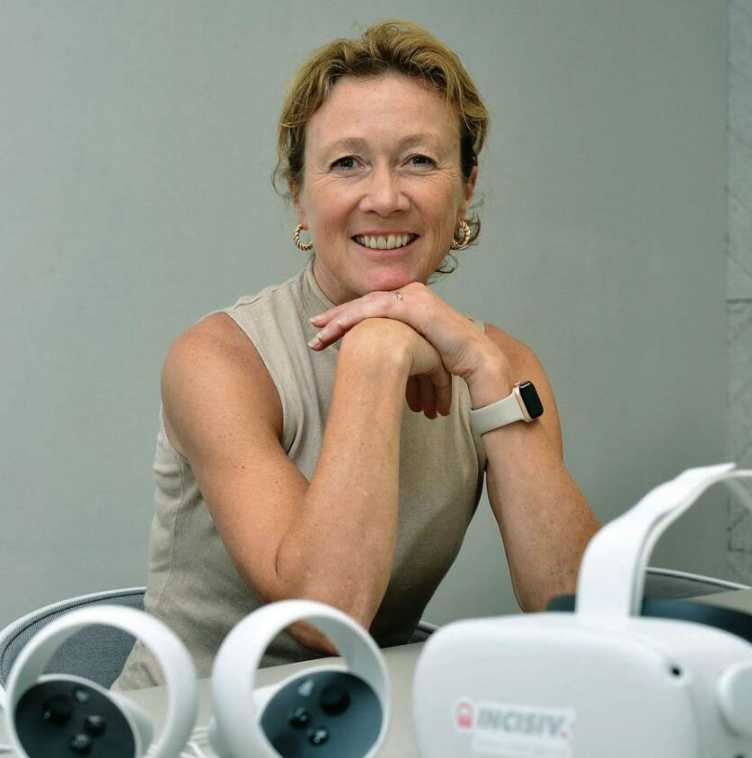Keynotes
Keynote I
Bidirectional Link between Gut Microbiota and Exercise Tolerance

external pageProf. Sara C. Campbellcall_made
Department of Kinesiology and Health, The State University of New Jersey, New Brunswick, NJ, USA
Exercise is well known to have positive effects on health and health-related outcomes including beneficial changes to the gut microbiota. An area that is less well-established but emerging is how the gut microbiota may be involved in regulating exercise tolerance. This talk will review the current evidence on how exercise influences gut microbial communities but provide a strong focus on this emerging area of how disruptions or depletion of an intact gut microbiota impact exercise tolerance as well as future directions of the field.
Keynote II
Virtual Reality: Taking Sports Performance to the next Level

external pageProf. Cathy Craigcall_made
Ulster University, Coleraine, UK
This talk will demonstrate how Virtual Reality (VR) can be used as a tool to understand and improve performance in sport. The first part will show how rudimentary VR technology was used in the early 2000s to carefully control what the brain sees (perception), but also very accurately measure how the brain responds (action). The versatility of VR means it can be used to study human behaviour in many different sport and health applications. Examples from behavioural neuroscience will showcase how VR can help us understand decision-making in elite sport but also conditions such as freezing of gait in people with Parkinson’s disease. The second part of the talk will highlight how the recent evolution of both VR hardware and software has opened exciting new possibilities to take research out of the lab so it can make a difference to people’s lives. Examples will demonstrate how VR applications that are commercially available can enhance performance through the power of gameplay. This could be VR apps that train perceptuo-motor skills in the home, or monitor changes in players’ neural fitness that can occur as a result of injuries (e.g. concussions). The talk will conclude by sharing some thoughts on the future of VR technology and the Metaverse and highlight opportunities for researchers, interested in human performance, to take advantage of this technology.
Keynote III
The molecular Athlete: Skeletal Muscle Plasticity in Exercise

external pageProf. Christoph Handschincall_made
Biozentrum, University of Basel, Switzerland
Skeletal muscle has an enormous plastic potential to adapt to various stimuli, most prominently exercise. Surprisingly, even though the morphological and functional changes are well described, the molecular underpinnings of training adaptation are poorly understood. This lack of knowledge contributes to the largely “trial-and-error” approach of athletes in training methods, often only evaluated scientifically “post hoc”. Recent methodological advances have facilitated the comprehensive study of exercise-evoked mechanisms, and a much more complex picture of training adaptation has emerged compared to contemporary models. Hopefully, such insights will be complemented and expanded in the future, leading to a better understanding of muscle plasticity and training adaptation from molecules to medals.
